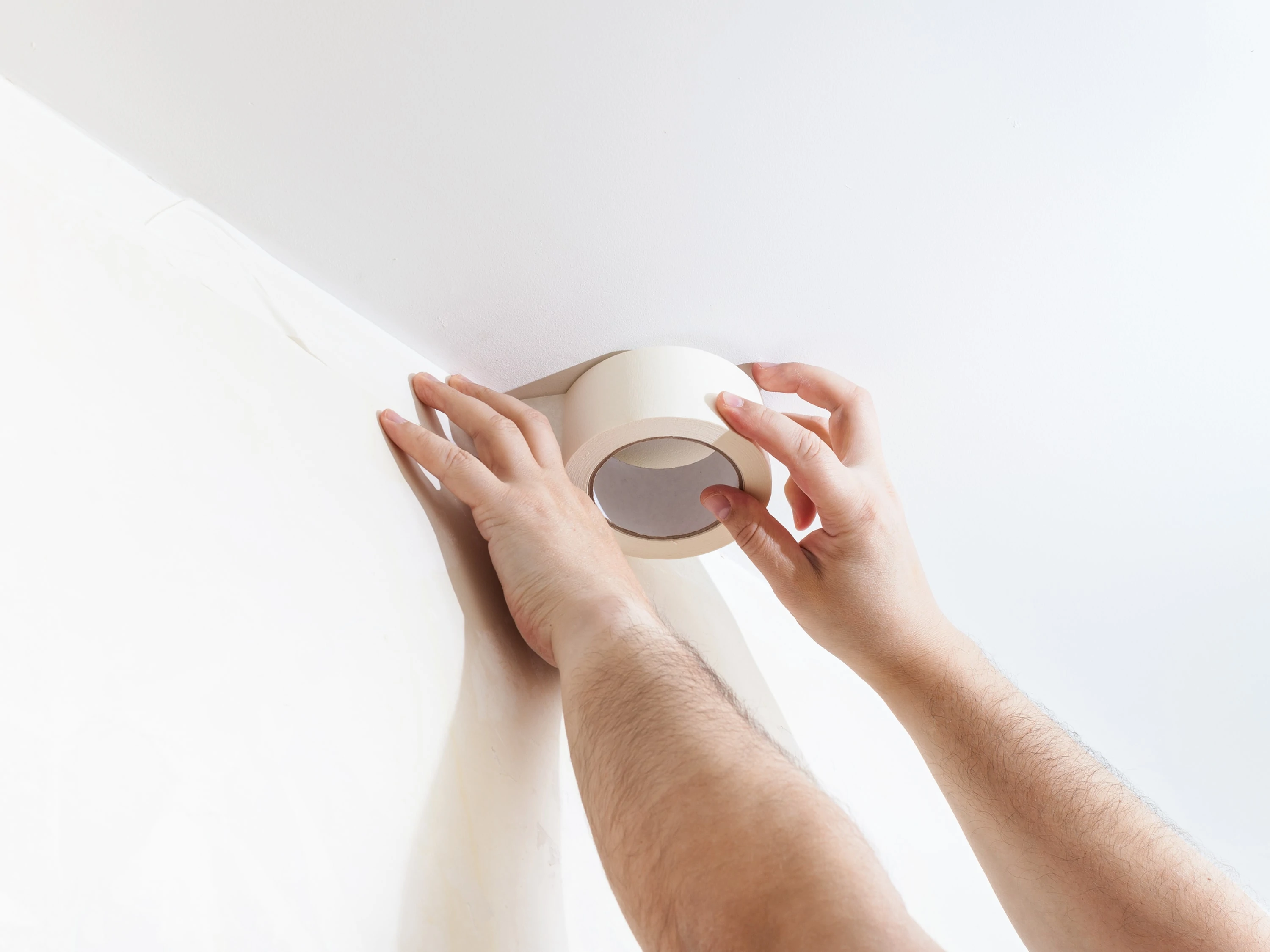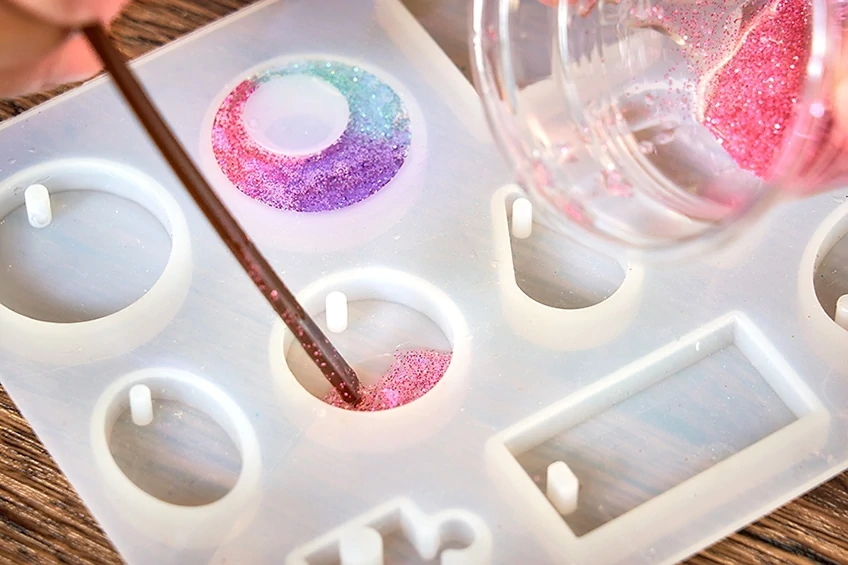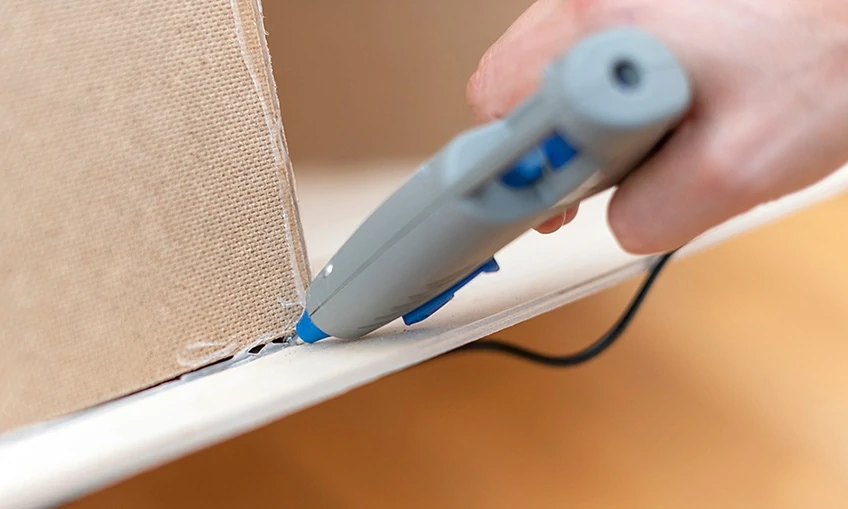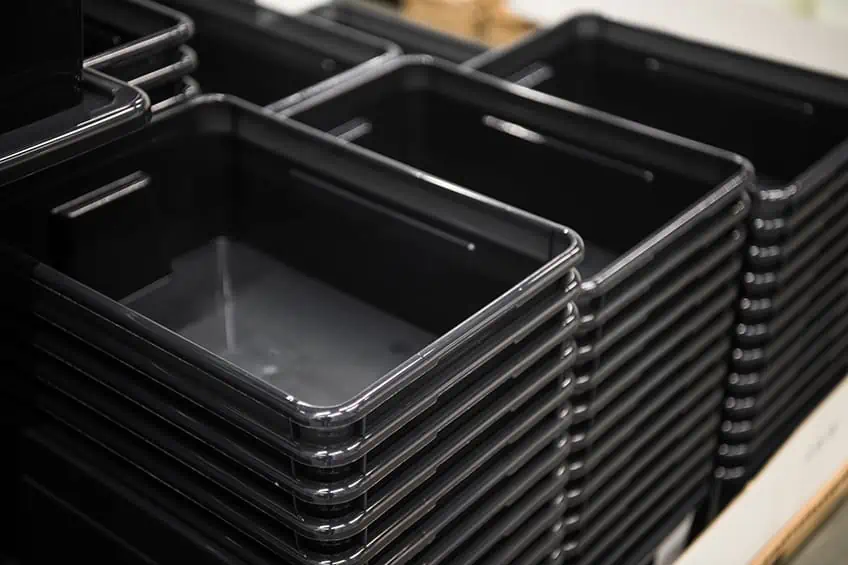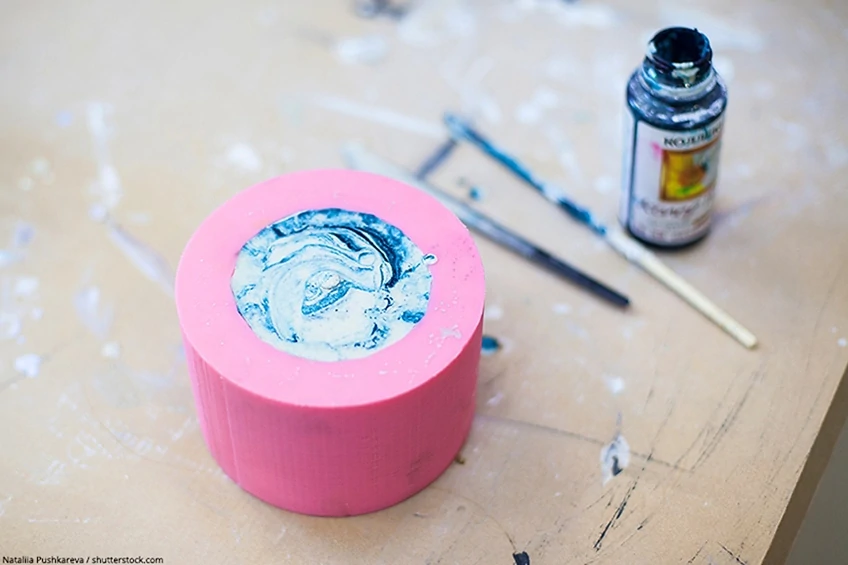What Epoxy Does not Stick to – Prevent Resin from Sticking
This post may contain affiliate links. We may earn a small commission from purchases made through them, at no additional cost to you. You help to support resin-expert.com
When you are planning to use Epoxy for a project, it is important to know which materials epoxy resin will or won’t stick to. The last thing you want is to have your project end up as a disaster, so make sure you do proper research about the material you plan on using. Note the advantages and disadvantages of all materials. In this article, we will discuss what epoxy and resin do not comply with.
Table of Contents
A quick Summary to Start with
What does epoxy resin not comply with? Here are a few well-known materials that epoxy resin doesn’t stick to:
- Parchment or Wax Paper
- Sheathing or Tuck Tape
- Silicone, Vinyl or Rubber
- Hot glue
- Plastic, Sandwich Bags
- Most Plastic Containers
- Polyethylene Plastics
There are possibly a lot more materials out there that Epoxy fails to stick to, but the above list should be good enough to start with. Remember, there are things you need to take into account when using these materials, all of which will influence how your Epoxy is going to cure.
So, let’s have a look at these materials and what you need to take into account when working with them.
Parchment or Wax Paper
Resin does not stick to parchment or wax paper, making it ideal to use in resin DIY projects.
Pros:
Wax paper is very cheap and so easy to use. You can use it to cover a live edge or natural edge table or to make a simple mold for small tables.
Cons:
This method does have some disadvantages. During the curation process, the finish is not as clear as when using other methods. It may be cloudy should wax from the paper get into the epoxy. The wax paper may also not stay in place properly. The moving around of the wax paper may cause problems while the epoxy is busy curing.
Sheathing or Painters Tape
Because Epoxy Resin does not stick to the tape, sheathing is the ideal material to use. Once you have made your product and the resin has fully cured, you can easily just remove the tape.
Pros:
It is a very cost-effective method and works extremely well. When using the tape, you can produce an item that is the same size as your product. It not only allows you to produce different shapes and angles but also retains the shiny appearance. Use correctly, then it can be used multiple times.
Cons:
Unfortunately, this method leaves you with an imperfect item as it will have many seams. Luckily you can sand and buff it after it has cured. Take note that the working surface needs to be flat, as this directly contributes to your item being flat. If you are making a large mold, it may require more time to complete it.
Silicone, Vinyl, or Rubber
The most popular mold with DIY enthusiasts is Silicone molds as Epoxy resin does not stick to it. It can be used for small items like jewelry, coasters, or in making many other distinctively shaped articles.
Pros:
Silicone molds give you the freedom to make a variety of shapes that otherwise would not have been possible, you can even make your own mold. With these molds, you can make any special item you want and only use the amount of epoxy needed. These molds are heat resistant and should be within your budget. Silicone is very cost-effective and gives you a perfectly shaped item, is cost-effective, and once it has cured, it requires very little touch-up effort.
Cons:
There are very few cons, except for one noticeable one. These types of molds cannot be used for larger items such as desks, tables, etc. Rather read all the reviews before purchasing your mold. Note that the surface of the mold is shiny.
Molds like those used as ice trays or baking trays do not have a high gloss finish. Gloss is important as it assists in removing your item from the mold without any difficulty after curing has been completed. You may be able to use it as a resin mold, but you will have to discard it after use.
Hot Glue
Pros:
It has a great application for making your molds and sealing cracks. Especially when making river tables, it can be used to stop overflow around the area where you want to pour.
Cons:
It cannot be used on its own, but together with other materials to enable you to achieve a perfectly finished item. It may be difficult to remove it from rough wood and may also leave marks.
Plastic Containers: Does Resin Stick to Plastic?
You may wonder does plastic stick to plastic? Plastic containers are ideal as resin does not stick to plastic. This includes containers such as bowls, Tupperware, plastic cups, etc.
Pros:
This is an easy and cheap method and can be used by anyone. This allows you to make bowls of various sizes, paperweights, and any unique shape of your choice.
Cons:
With this option, you must accept the outcome of your item as it cannot be altered or modified. It can also not be used for large items, such as tables.
Polyethylene Plastics
Polyethylene plastic is used in the manufacturing of many resin molds, so it is a great material to use as Epoxy resin cannot stick to it, allowing you to easily remove your item from the mold.
Pros:
You will have a reusable and high-quality item. It can be used for table molds or similar items. This is the most expensive method and is usually only used in the making of river tables by professionals.
You can order the exact size you need as well as the strength or durability required. Usually, cutting boards are made of it, but only by people who seem to not have specific ideas for their epoxy.
Cons:
Polyethylene is the most expensive option. This is a method that wants to be mastered and requires time to learn and understand. You will need to know the density and required size and take the time to gather everything you need.
Glass: Does Resin Stick to Glass?
You may wonder if resin sticks to glass and indeed it does. It bonds with glass, therefore it can be used to make amazing glass products.
Pros:
You can create a wide variety of beautiful things when you combine Epoxy or Resin with glass. You can make lovely sun catchers, unique stained glass and use it as grout on tabletops, to repair a cracked floor tile – all without having to lift the tile from the floor to replace it.
Cons:
There are exceptions though, as Epoxy does not stick or adhere to Ceramic Tiles. The reason for this is because Ceramic Tiles have a finish on prohibiting epoxy resin to stick to it. You can however lightly sand the surface of the tile and your Epoxy will stick to it.
Work Surfaces and Table Tops
When you begin this project, cover the working area with plastic sheeting of about 3 mm thick. This material is economic and durable and easily attach to the surface. The plastic can be removed once the epoxy has cured. A cheaper option is to use a garbage bag and just cut it open. Be careful because plastic sheeting can melt if you leave your hot Epoxy mixing cup for too long on the plastic.
You can use a melamine board to do this job properly. Apply 2 or 3 coats of Automotive Paste Wax (it contains Carnauba) which provides a non-stick and fairly hard surface where plastic tends to slip and move.
Summary
Every product is different; hence you will have to take the time for each product and determine the application. The above-mentioned list should be a great help otherwise do some research to find the
exact type of mold or material suited for your specific project. We offer a range of ideas as well as some free tutorials, which provide you with step-by-step instructions.
View our What Does Resin Not Stick To web story here.
Frequently asked Questions
If I have Epoxy that has already Cured, will another Layer of Epoxy Stick to it?
No, because no cured Epoxy surface will allow a chemical bond for another layer of Epoxy. You can sand it down though and then another layer of epoxy should bond to it.
Unfortunately, this won’t amount to a durable and reliable project. If you want to continue, use 180-grit sandpaper on the surface. Clean the surface properly and it should provide a chemical bond for you to complete your Epoxy project.


